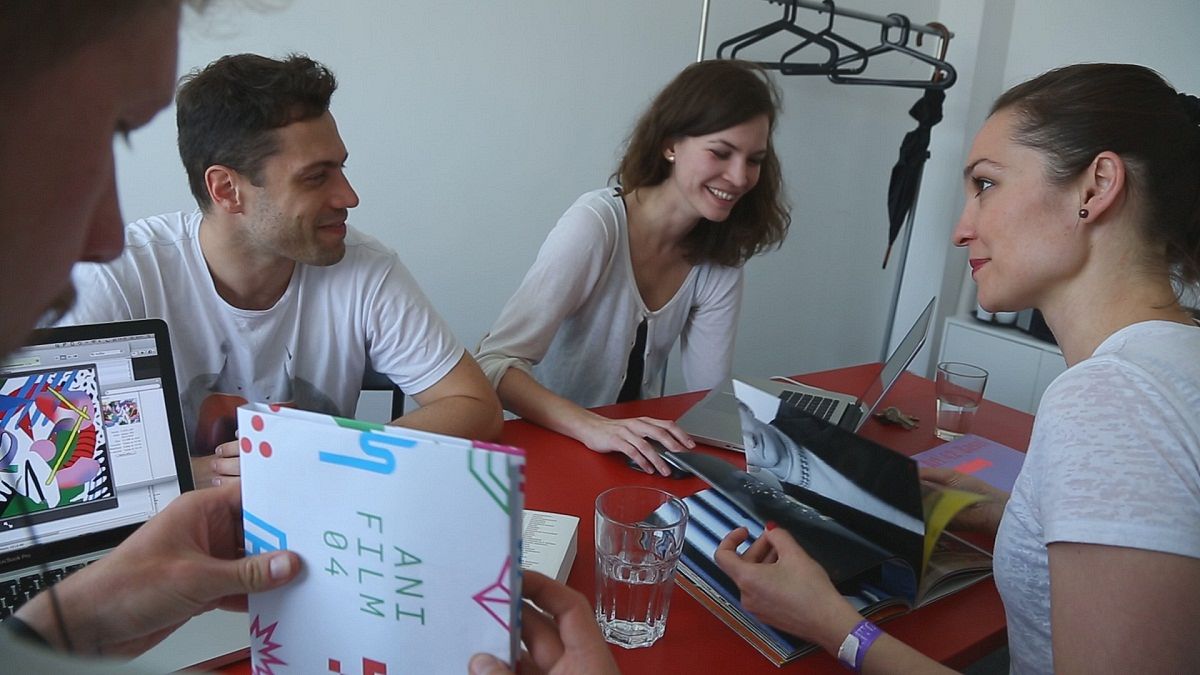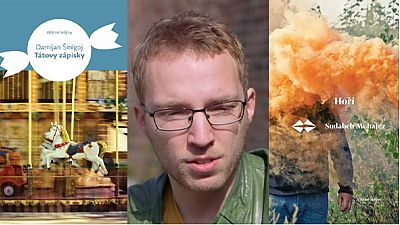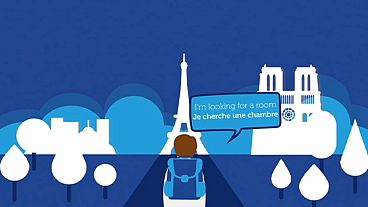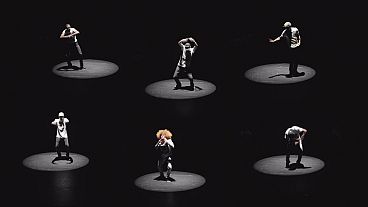Mass consumption and waste have made us ugly.
In his work on show at the ‘Centre for Contemporary Design’ in Prague, Czech artist Shalom Tomas Neuman asks: Is the above statement our future?
Can we live better and consume less natural resources? What are the concerns of a young designer when he or she conceives a product in today’s world?
Generation Y met a few young designers in the Czech Republic to talk about sustainable design, an approach that favours renewable resources and tries to connect people to the natural environment.
Czech designer Kristyna Malovana pointed out the difficulty of this task: “The idea of sustainable design is to create products which are both usable and re-usable. But sometimes environmentally friendly products are difficult to make. It’s a paradox: sometimes setting up ecological manufacture can have a negative impact on the environment.”
And what if the clue to solving the paradox had to do with using smart – that is very modern and highly manufactured – materials?
Kristyna Malovana and her partner, Zbinek Krulich, have recently taken part in a workshop about using such new products. The event took place in Prague, in the first ‘Material Library’ in the Czech Republic.
Thomas Hendrych, one of the partners of a small Czech company ‘Happy Materials’ was the facilitator of the workshop.
“Young people do not know enough about new materials and it is an important topic because the way materials are created and fabricated has an impact on the environment and on the recycling process,” he said.
‘Happy Materials’ is part of a network of companies and institutions, called DAMADEI, that promotes advanced materials and innovation in design. The project is supported by the cultural programme of the European Commission.
“The participants can compare different materials from different countries, for instance Spain, England or Denmark, and acquire new knowledge. So this European dimension opens up new horizons,” said Hendrych.
Thirty-year-old designer Tomas Vacek, who is showing his work at the ‘Centre for Contemporary Design’ in Prague, works with natural materials such as wood, cane and glass but he is also interested in new materials, especially those which provide lighting solutions.
“Currently I am working with a new material, a sort of translucent concrete. And recently I was contacted by a company to redesign a scooter. My idea was to use a phosphor polish so that the scooter is seen at night, and at the same time it gives the impression that it is flying,” Vacek enthused.
In design, function and aesthetics are often connected, but the new generation has to deal with a more complex equation: function, aesthetics and ecological awareness.
Zbinek Krulich, Krystyna Malovana’s partner believes it is the job of a designer to exceed his or her brief: “It’s the role of the designer to consider sustainable design in his projects, even though clients do not ask for it – they just want a good product.”



